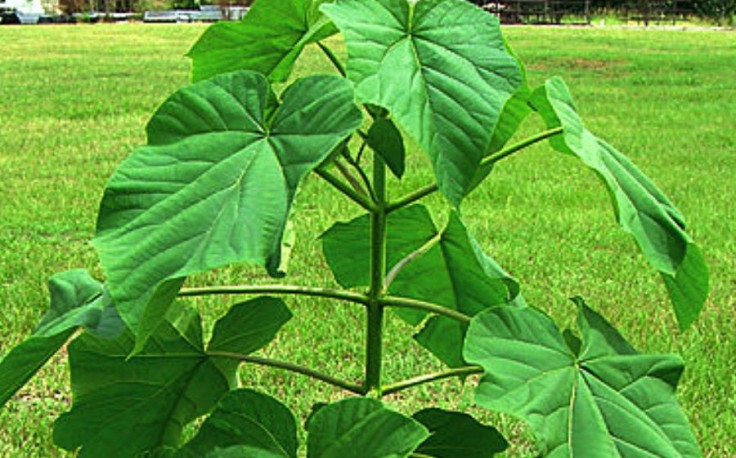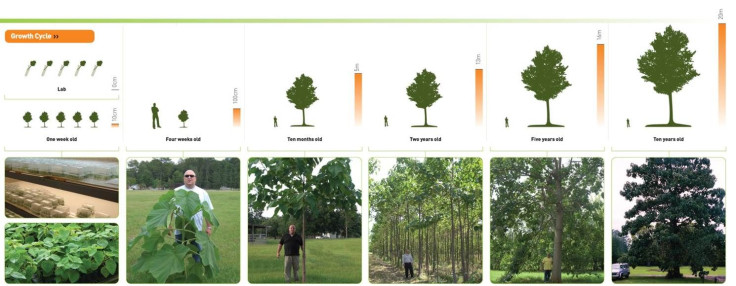Super Tough Trees Will Grow In Moroccan Desert To Produce Green Energy

A biotech company has invented a new hybrid tree that grows at record speed on barren land, and can be used to create clean energy.
They’ve already set up a project in southern India, and now they’re taking on Morocco.
Anagenesis Trees Corporation is planning to plant more than 50,000 acres of their patented Trifolia trees in Morocco within a few years.
The trees will be used to produce clean energy and be a lucrative source of income for local communities.
“It’s a very interesting concept,” said Talal Belrhiti, an international business consultant in Casablanca who is working with the company.
“It’s great for the environment, it’s pretty and it’s a way to make good money as well,” said Belrhiti.
The trees themselves took 17 years to engineer.
Using an especially hardy species originating in China and Southeast Asia, scientists developed a new hybrid for strength, climate tolerance and a low requirement for water.
“The best performers in each category were selected and then cuttings were taken from each sample and were reproduced in the laboratory via tissue cultures,” reads a report from the company.
In 2009 Anagenesis patented their Trifolia tree.
One of the most important aspects is how fast they grow.
Their distinctive three-leafed rows take in more sunlight and nutrients than ordinary trees, which helps them reach seven meters in just a year.
“Within four or five years you can have a full-fledged forest,” said Belrhiti.

They can be harvested annually, and grow back from their stumps. They’re also specially designed not to leach nutrients from surrounding soil.
Plus, they’re strong enough to grow in a variety of climates.
“The plant developed by Anagenesis promises to transform the economics of biomass to energy,” wrote Andreas Wahl, a renewable-energy analyst at Wimmer Financial, in a note.
“Furthermore, it has substantial additional potential uses as a source for ethanol and several natural products,” he wrote.
Once the trees have been grown and harvested, they’re ground up and fed into a pyroliser, which heats the material that is eventually converted into hydrogen.
This gets cleaned and filtered until it becomes synthetic gas, or syngas, which can be used to power electric generators.
Any residue is returned to the beginning and goes through the whole process again.

The whole operation has taken decades to develop.
The tree’s inventor began working in the late 1980s, but it wasn’t until November 2008 that the Anagenesis Biomass Corporation (ABC) was officially launched.
In 2010, they secured a 15-year agreement with a government-backed energy-trading group in India that cost about $350 million.
The location was chosen on the basis of climate, government support and energy deficit.
Today, they’re setting their sights on Morocco and beyond.
“With the plantation in Morocco, we are proceeding slowly but steadily,” said Kyriacos Koutzis, CEO of Anagenesis.
They plan to plant more than 50,000 acres of the Trifolia trees. He said the project will promote job creation and local ecosystems, among other advantages.
“Forestation plantations such as the one in Morocco with the Anagenesis Trifolia Trees will have a tremendous impact in the region,” he said.
© Copyright IBTimes 2024. All rights reserved.






















